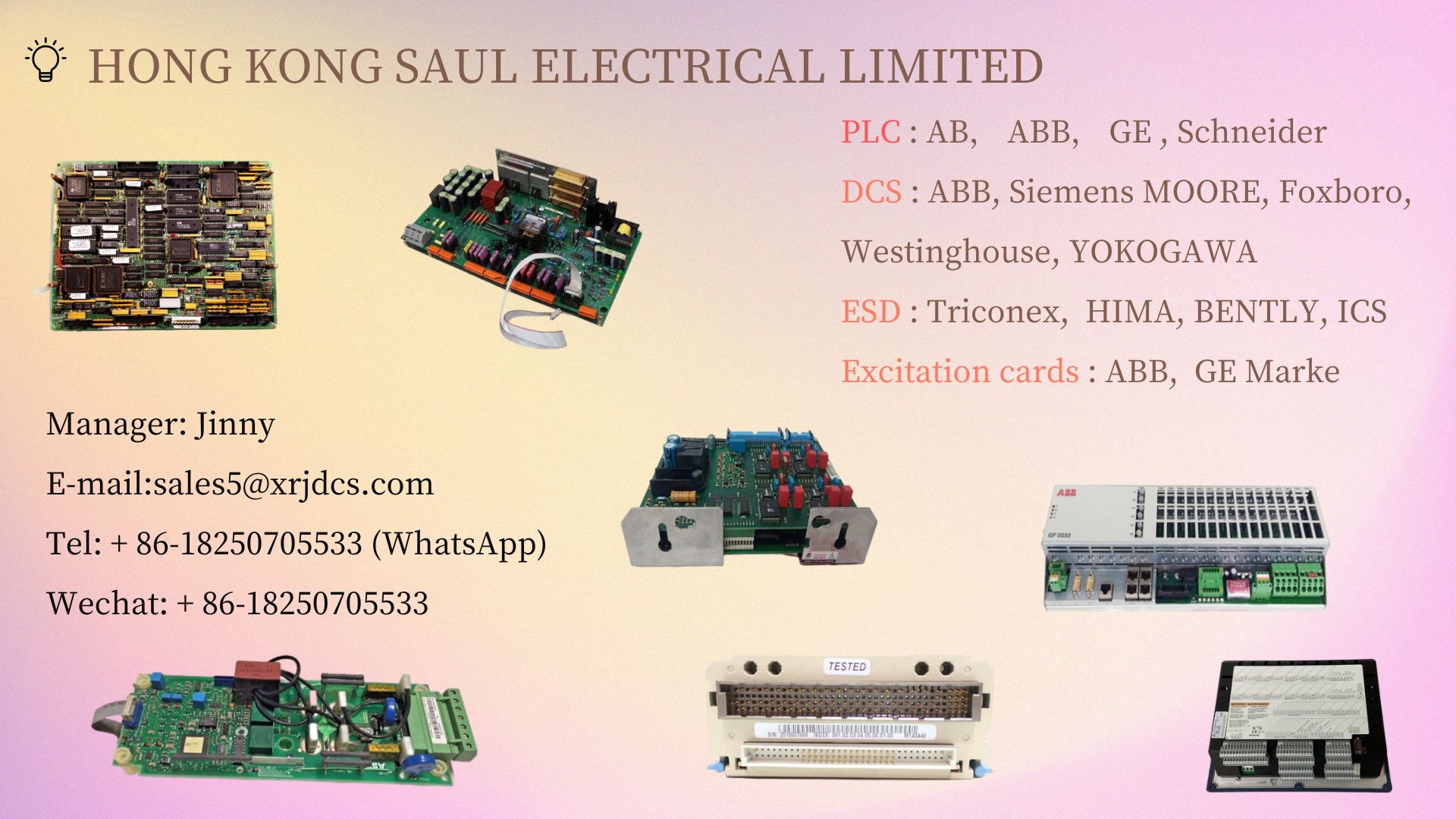Using ONPROSYS IoT Gateway to Promote Commercial IoT Standardization
What is MQTT
MQTT is an agreement proposed by members of IBM and Eurotech in 1999. In MQTT communication, the sender can temporarily save the data to be sent in the data area without waiting for the receiver to complete processing, and can immediately transfer to the next processing.
Due to minimizing the demand for network bandwidth and device resources while ensuring a certain level of reliability, this communication method has attracted much attention in the field of IoT.
The characteristics of MQTT protocol
Simple protocol
Due to its minimum header size of 2Byte, it is a very compact and lightweight protocol that can be used in devices with strict memory and running speed limitations, as well as in communication environments with narrow bandwidth.
Scalable
Due to the limited resources required to implement a communication environment, it can be implemented on various devices ranging from small IoT devices to high-performance terminals, thereby achieving highly flexible system construction.
reliability
In MQTT, a mechanism can be implemented to communicate based on levels in unstable communication environments, such as reducing the time required for IoT devices to reconnect and setting the reachability of communication.
The Security of MQTT Protocol
Protecting the system from various attacks and threats is a crucial element when building IoT systems using MQTT. It is recommended to use SSL certificates and passwords to implement ID, authentication, and licensing between the client and proxy.
New support for BACnet communication
The CONPROSYS IoT gateway is equipped with new BACnet server, client, and router functions, making it possible to achieve IoT of building equipment.
Equipped with BACnet communication function
BACnet is a communication protocol standard for networks used in intelligent buildings. In various fields such as air conditioning equipment, lighting systems, electrical equipment, security and disaster prevention equipment, and elevators, it is possible to build a system that can connect and monitor all equipment through a common interface, even products from different manufacturers. The CONPROSYS M2M Gateway supports the BACnet IP protocol and is equipped with server communication and client communication capabilities.
Server communication function
This is the function of providing internal information of IoT gateway to BACnet clients by using BACnet object types. It can integrate devices and sensors that do not support BACnet into building management systems that support BACnet communication.
Client communication function
This is a function of collecting building equipment (BACnet server) information, converting it into different communication protocols such as MQTT, and providing information to the higher-level system. It can build a system that integrates dispersed building equipment information through the cloud and remotely monitors it. In addition, it can also convert building equipment that supports BACnet to other communication protocols such as OPC UA or MTConnect, and integrate with factory equipment systems.
What is BACnet
BACnet (Building Automation and Control Network) is a communication protocol standard used for building networks. It is used to control the air conditioning, lighting, electricity, security, disaster prevention, elevators, etc. inside the building. In 1987, various groups related to the BA (Building Automation) system established guidelines at a meeting, based on the ANSI/ASHRAE Standard 135-1995 developed by the American Society of Heating, Refrigeration, and Air Conditioning Engineers in 1995. BACnet was used as a protocol for the BA system in 2003 and was specified in the international standard specification ISO16484-5.
The Electrical Equipment Society of Japan has developed Japanese standards (IEIEJp, IEIEJp-A) that have been extended to Japanese specifications. Therefore, there are three protocols, including ASHRAE BACnet, which includes standard specifications.
BACnet includes the "BACnet IP" protocol for communicating BACnet services over Ethernet, as well as the "BACnet MS/TP" protocol using EIA-485 (RS-485) as the physical layer for data transmission.
What is OPC UA
OPC UA (OPC Unified Architecture) is an open international standard specification developed for the exchange of safe and reliable data in industrial automation and other fields such as production factories and plant equipment. The OPC Foundation was published in 2008 and has since been internationally standardized as IEC 62541.
In addition, it is highly integrated with the international standard IEC61131-3 of PLC, and can be easily connected while maintaining the reliability between manufacturing site (FA) information and higher-level monitoring and control systems (SCADA) and production management systems (MES). Therefore, it has been adopted in many industries such as the communication standard specification PackML (ANSI/ISA-TR88) for packaging machines, EUROMAP for injection molding machines, and umati for machine tools. The German Mechanical Industry Alliance (VDMA) is developing a communication standard called "OPC UA for Machinery", which integrates specifications developed for different industries and aims to become the foundation for all mechanical devices.
The characteristics of OPC UA
Scalability
By using OPC UA, unified and scalable configuration of the system can be achieved from embedded systems to mainframes.
Interconnection
Traditionally, industrial equipment and control devices typically use communication standards unique to manufacturers, making it difficult for the entire system to work together. OPC UA can seamlessly connect from the controllers used for control in the factory to monitoring systems, production management systems, etc.
Security
Recently, safety measures for factory areas and equipment have become a topic of discussion. OPC UA ensures the security of messages between OPC UA Server and Client by using Secure Channel, making it easy to achieve secure communication between devices.
What is MTConnect
MTConnect is a standard communication protocol for machine tools developed by the MTConnect Association. The development of this protocol aims to enhance the data acquisition capabilities of devices and applications, and reduce integration costs. Centered around the United States, many large manufacturers have adopted this standard and it is highly regarded as a future standard specification.
The characteristics of MTConnect
Open Protocol
Traditionally, when using machine tools from multiple companies, it is necessary to develop software that meets the unique standards of each company. However, since MTConnect is an open protocol that uses standard Internet technologies such as HTTP and XML, the software for conversion can be installed relatively easily.
No usage fee
As MTConnect has no usage fees, there is no need to pay licensing fees to the MTConnect Association. In addition, companies that agree to the license agreement for MTConnect can also integrate MTConnect into their own company's products.
Generalization of data structures
MTConnect specifies the data structure for various types of data obtained from machine tools, such as spindle load, shaft speed, alarms, etc., according to their respective data types. User enterprises can easily compare and analyze the same type of data without worrying about data structure issues when connecting devices from different machine tool manufacturers.










